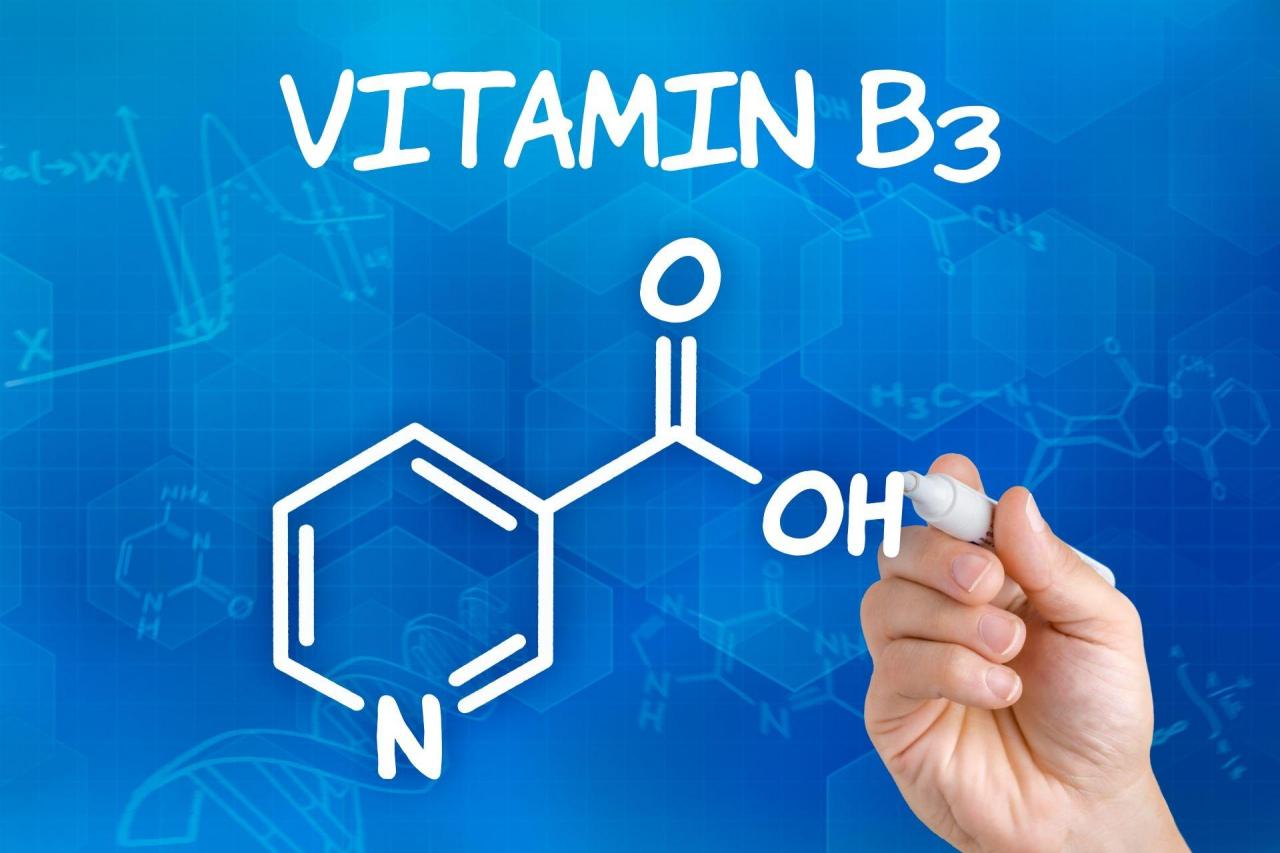
Vitamin B3 (niacin, vitamin PP) is produced in the body from tryptophan and in small quantities, therefore, in order for the level of this element to be normal, it is necessary to follow a diet. Vitamin B3 takes part in the breakdown and further synthesis of amino acids, carbohydrates, fatty acids, it also regulates cholesterol levels, so a deficiency of the element is dangerous for the human body. It is useful to find out what nicotinic acid is used for and what is the dosage of nicotinic acid.
What is Vitamin B3 (Nicotinic Acid, Vitamin PP)
Niacin is considered a highly persistent vitamin because it is not particularly sensitive to oxygen, heat and UV rays.
The role of vitamin B3 for the body is great. The substance is water-soluble and contributes to the proper functioning of the nervous system. Also, niacin is required for the synthesis of steroid hormones (of which – estrogens, progesterone, testosterone, hydrocortisone), pancreatic hormones (in particular, insulin) and thyroid gland (thyroxine).
Vitamin PP has an effect on metabolic changes that release energy. When poisoned, it slows down the toxic effect of certain chemical compounds and drugs.

Niacin is an important component that regulates blood cholesterol levels. It also expands blood vessels, has a positive effect on mental well-being. Niacin improves carbohydrate metabolism, increases wound healing, improves general condition, and normalizes body weight.
Sources of Vitamin B3
What foods contain vitamin B3? Niacinic acid is predominantly found in meat, fish, grains and legumes, milk, green leafy vegetables (among them lettuce, dill, parsley, sorrel, spinach with the highest content), in a small percentage – in tea and coffee.
Vitamin B3 is found in lean meats such as veal, turkey and chicken. You can find it in almonds, pork, dairy products, organ meats, soybeans, peas, and beans. Supplements in the form of vitamin preparations can compensate for the lack of vitamin PP, such an element can be chromium, which increases the absorption of the vitamin.
Also, where vitamin B3 is found, it is in foods such as yeast, wheat bran and peanuts, as well as fish, especially smoked mackerel and salmon, is a source fortified with niacin. Niacin can be found in lean protein foods, both animal and vegetable.
What is vitamin B3 prescribed for?
Niacin is prescribed:
- with diabetes and hypertension;
- for the treatment of disorders of the nervous system;
- to fight migraines;
- to improve digestion;
- to increase blood sugar;
- in order to improve metabolism;
- to increase the protective properties of the pancreas.
How to take vitamin B3
Women who are lactating, as well as those using contraceptives, cancer patients and people who lack protein, are in particular need of nicotinic acid.
Recommended vitamin B3 daily intake:
- 6-10 – children 1-3 years old;
- 8-16 – children 4-8 years old;
- 14 – women;
- 16 – for men;
- 17-18 – pregnant.
The normal dosage of niacin for each person may vary based on age and gender.

Medical use
In the medical field, vitamin B3 is used to treat problems of lipid and lipoprotein metabolism. They more often than others lead to the development of an ailment such as atherosclerosis. A dosage of more than 1 gram per day can increase the cholesterol level of HDL in blood plasma, and at the same time, reduce the cholesterol and triglyceride levels of LDL.
